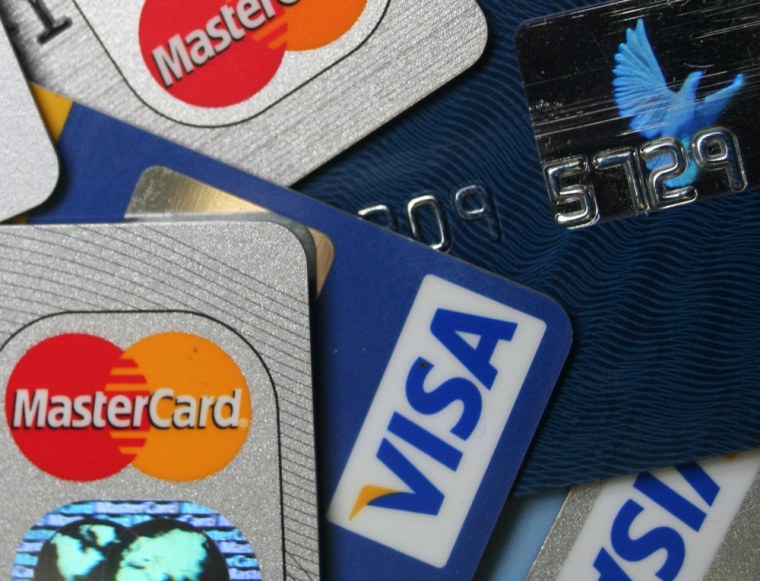Americans are back in the habit of freely swiping their credit cards again. Nobody’s happier than the lenders, they know they’ve got you, especially if you’re a newbie. Before opening up an account or “taking advantage” of an too-good-to-be-true promotion, really, really read the fine print.
Katie Ross, education and development manager for American Consumer Credit Counseling highlights five credit card fine print traps that you don’t want to fall for.
The 0 percent introductory APR
Most 0 percent APR offers are for balance transfers only. Any new purchases or cash advances will be subject to a much higher interest rate. If the offer does include new purchases, the rate typically expires very quickly, says Ross. Also, you only get the 0 percent APR if the card issuer decides you are worthy enough to receive it (good credit standing usually) – typically you don’t find out your APR until after the card is issued.
What the fine print says: If your monthly payment is late one time, the 0 percent APR jumps (depending on the card, it may even have multiple options to which the card issuer can choose on their own will, like 12.99 percent or 15.99 percent). Two late payments and you likely will be charged the APR ceiling of 29.99 percent.
Late fees
Not only can the card issuer double your APR because of a late fee, but they can also charge you late/penalty fees.
What the fine print says: Card issuers can charge different fees depending on the “price” of the late payment (how much was due) or how much you have run over your credit limit – this can range anywhere from $15-$39, says Ross. Each time you are late the card issuer can reset your APR to the default APR or ceiling APR.
Fixed rates
Credit card issuers can change the interest they charge to lend you money at any time and unfortunately for whatever reason they want, says Ross. The term “fixed APR” gives you the right to be notified if the lender changes the interest for reasons other than those specified in their terms (for example, the card issuer doesn’t have to let you know if your introductory period has ended.).
What the fine print says: “We reserve the right to unilaterally change the rates, fees, cost, and other terms at any reason,” Ross offers as an example from a credit card statement.
Inactivity and annual fees
You’ve seen all those offers, “No annual fees.” Some people straightaway make the conclusion that the credit card wont cause them a penny for ownership, says Ross. But the truth is, issuers now impose an annual fee if you don’t reach a set level of annual spending, she adds. These fees usually range from $35 to $50. With a rewards card, you should ensure that the benefits of the mileage or points program outweigh the cost of the annual fee.
What the fine print says: The annual fees for the credit card will be waived for the first year. Thereafter the annual fee will be $45 for the Basic Card. And if you default on repayments for a certain period, the Annual fees will apply instantly, she ward. Any waivers, or benefits will cease instantly.
Minimums
While you won’t find info about paying the minimum on your disclosure statement, you will on your actual statements. However, unless you pay your bills the old fashioned way, snail mail, you may not catch this one. Online payment typically provides a link to “Minimum Payment Warning” but who knows how many people actually read it. Very small payments on a loan mean you will spend a very long time paying the loan, thus paying way more for something than it was actually worth because of interest charges. “It’s to the credit issuer’s advantage to keep you indebted as long as possible.”
What the fine print says: Each card can be different, but generally speaking, the minimum payment is simply a set percentage of your balance. Some cards are as low as finance charges plus 1 percent while others may base the minimum amount upwards of 4 to 5 percent of the balance. But more important than that, know that often only making the minimum payment every month will take you approximately four times as longer than making a fixed payment, wasting money on interest and carrying debt for a longer period of time, says Ross.
When it comes to credit cards, always think yellow light – proceed with caution.
More from Forbes.com
